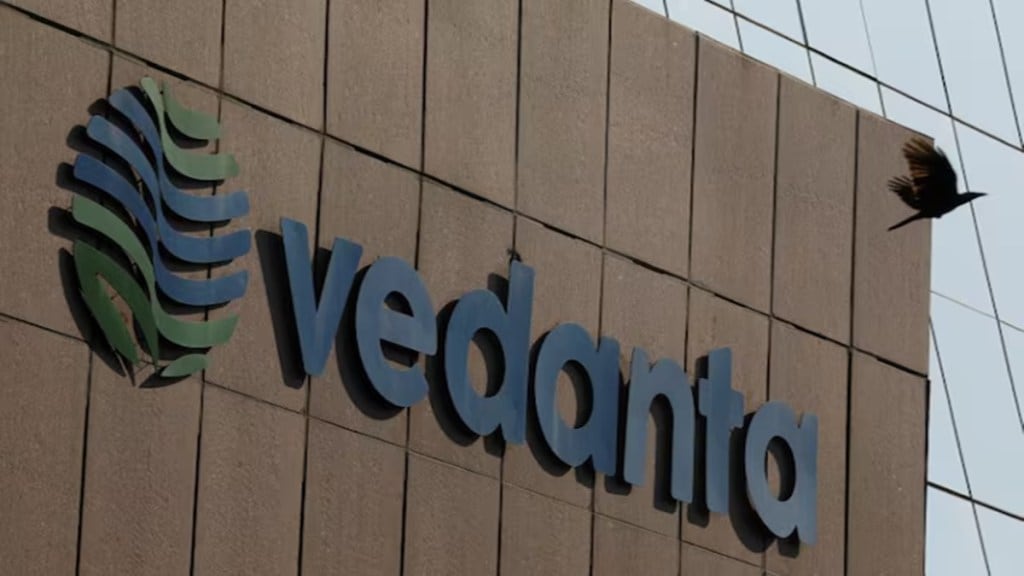The Vedanta share price has plunged almost 5 per cent after a short seller, USA-based Viceroy Research, has issued a report on Vedanta Resources (VRL), saying the company “resembles a Ponzi scheme”.
Viceroy Research said that the “entire group structure is financially unsustainable, operationally compromised”. According to their report the Group “poses a severe, under-appreciated risk to creditors.”
“Viceroy is short the debt stack of Vedanta Resources, the heavily indebted parent and majority owner of Vedanta Limited. The entire group structure is financially unsustainable, operationally compromised, and poses a severe, under-appreciated risk to creditors,” the report stated.
The base of it all
The core of Viceroy’s investment thesis, it maintained, rests on “a simple but critical dynamic: VRL is a ‘parasite’ holding company with no significant operations of its own, propped up entirely by cash extracted from its dying ‘host’: VEDL”.
In order to manage its own debt load, Viceroy said, VRL is steadily siphoning resources from VEDL, pushing the operating company into mounting debt and draining its cash reserves. This looting erodes the fundamental value of VEDL, which constitutes the primary collateral for VRL’s own creditors, the report stated.
As a result, the short-seller said, VRL’s efforts to meet near-term liabilities end up weakening the long-term recovery prospects for its lenders, creating a scenario akin to a ‘Ponzi scheme’, where VEDL stakeholders — including VRL’s own creditors — ultimately bear the loss.
This arrangement, Viceroy Research said, has pushed the entire group to the brink of insolvency, sustained merely by an ongoing cycle of fresh borrowing, accounting tricks, and the postponement of significant hidden liabilities.
“New credit facilities are not supporting the business but rather eroding the PropCo’s sole collateral, delaying collapse while severely diminishing creditors’ chances of recovering their money,” the US-based short-seller said while maintaining that the mechanisms used to maintain the illusion of stability are failing, and a group-wide insolvency event is no longer ‘a remote possibility but an imminent threat’.
Viceroy’s few of many allegations against Vedanta Group
According to the report, there are few of the ‘material quantitative and qualitative discrepancies in Vedanta group’, many of which it believes are tantamount to fraud.
Here are excerpts on this, from the report:
Bait and Switch Funding Model: Vedanta Limited promotes ludicrous capital-intensive projects that it cannot afford in order to raise fresh capital. This capital is then paid out to the PropCo to service its debt.
Irreconcilable Interest Expenses: Vedanta’s interest expenses vastly exceed its reported note rates, and continues to increase despite paydowns and restructuring.
Inflated Asset Values: Viceroy evidenced inflated asset values across VEDL’s large list of non-performing operating subsidiaries.
Capex Fraud: Expenses across operating subsidiaries are systematically capitalized, artificially inflating profits and asset values. This is a material misrepresentation.
Off-Balance Sheet Items: Billions of dollars of disputed expenses are kept off-balance sheet and undisclosed in financial reports.
Governance Failure: Vedanta presents systematic governance failures across management and auditors, including inappropriate auditor choices.
Vedanta’s demerger plans – Viceroy accuses of hiding debt crisis in breakup plan
In 2023, Vedanta’s board had approved the plan to demerge the company into five separate listed entities – Vedanta Aluminium, Vedanta Oil & Gas, Vedanta Power and Vedanta Steel, Ferrous Metals and Vedanta Limited. Chairman Anil Agarwal had said that the demerger will broaden the conglomerate’s investor base, and allow new investors to choose among the new entities and the sectors they represent.
Recently, the Ministry of Petroleum and Natural Gas had raised objections to Vedanta’s proposed demerger plan before the National Company Law Tribunal (NCLT), delaying finalisation of the restructuring process. The matter was heard by the tribunal on July 2. During the proceedings, the SEBI had informed the NCLT that it is currently reviewing whether Vedanta has adhered to regulatory requirements for the demerger. Although the NCLT has granted a no-objection certificate (NOC) for the deal, it has set the next hearing for August 20.
On this, Viceroy Research maintained that VRL has proposed the demerger plan of its entities that it has acquired over the years, in order to try and ‘cure its maladies’. “This fails to address the fundamental cash crunch and will saddle the resultant companies with unsustainable debts from their inception,” it added.
“VRL is a financial zombie being kept alive by transfusions of cash from its subsidiary VEDL. The short thesis is not death by a thousand cuts: Any one of the multitude of risks we outline is sufficient to topple Vedanta’s already fragile, Ponzi-like structure,” Viceroy Research concluded.
Vedanta responds…
Responding to the report, Vedanta issued a statement calling it “malicious combination of selective misinformation and baseless allegations”. A spokesperson from Vedanta Group said, “The report is a malicious combination of selective misinformation and baseless allegations to discredit the Group. It has been issued without making any attempt to contact us with the sole objective of creating false propaganda.”

